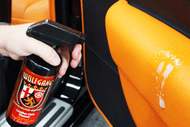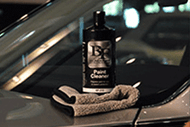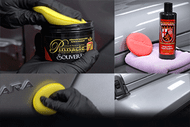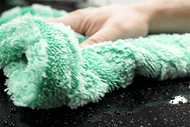
Ultimate Guide to Maintaining Vehicle Coatings for Long-Lasting Protection
In the world of automotive detailing, the introduction of vehicle coatings has truly revolutionized how we protect and preser

The Ultimate Guide to Using a Circular / Rotary Polisher for Paint Correction
In this easy-to-follow step-by-step guide, we’ll show you how to effectively use a circular rotary polisher to elimi

Winterizing Your Car's Exterior: Essential Protection Tips for Cold Weather
When winter weather arrives, ensuring your car's exterior is properly protected is crucial, not only for maintaining the pai

Ultimate Leather Care Guide: How to Clean, Condition & Protect Your Leather
Leather upholstery is a luxurious investment that requires proper care to maintain its beauty, durability, and softness.

Most detailers I know compound by hand incorrectly. In fact, most compound manufacturers do not give proper instructions. Rubbing compound is nothing more than a fine sandpaper in paste form. Compound

Applying Waxes and Sealants: Enhance Your Car’s Shine and Protection
When it comes to car detailing, many people wonder about the differences between waxes, protectants, and sealants. Essentiall

Carnauba Wax: The Ultimate Choice for Unmatched Shine and Protection
Carnauba wax has been the preferred choice of automotive enthusiasts and professionals for achieving a stunning, deep reflection wi

How to Properly Care for Microfiber Towels and Tools
Microfiber towels and cleaning tools require special care due to their unique cleaning properties and fiber composition. Known for their ability to








